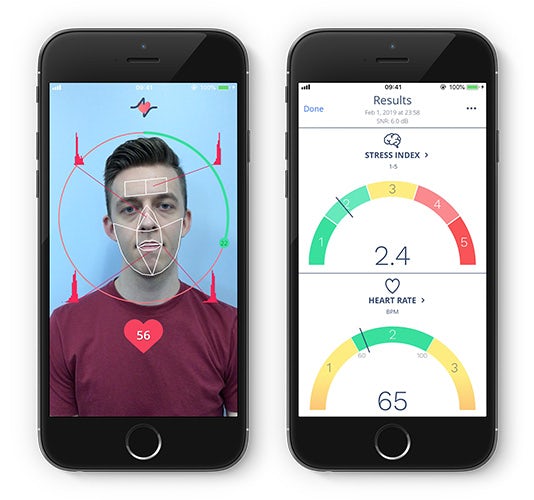You Can Now Measure Your Blood Pressure With A Selfie
Researchers at the University of Toronto have developed a technology that allows the recognition of a person’s blood pressure through images taken with their mobile. The technology, called transdermal optical image, uses the optical sensors of smartphones to analyze the light that reflects our face and determine our pressure.
“The technology identified the blood pressure of 1,328 people with 95% accuracy”
Kang Lee and Paul Zhee, project directors, developed this technology taking into account the translucent aspect of our face. Thanks to this, throughout the day it is possible to see, to a greater or lesser extent, the red light that reflects haemoglobin (red blood pigment) under our skin. It is precisely that red light that, thanks to this technology, can be analyzed by the optical sensors of our mobiles, determining the changes in blood flow and, consequently, our pressure.

To test this technology, the researchers analyzed 1,328 two-minute videos taken in selfie format and with the camera of an iPhone mobile. The result of the investigation allowed to find the blood pressure of the individuals with a 95% accuracy rate.
In addition, the researchers also made sure that this technology could be used to identify blood pressure in prerecorded videos.
However, this innovation has also brought its own problems. On the one hand, the technology has generated certain concerns about the use of the data granted by users, since they involve the session of facial recognition images and data on the health of the user. However, given this, the researchers have pointed out that the video data would not be stored and that only the blood pressure information would be uploaded to the cloud to track the patient and verify the app’s performance.
On the other hand, since it is a developing technology, innovation is not yet developed enough to identify blood pressure in very dark or very white skin, where the red light emitted by haemoglobin may be more difficult to capture. However, the research aims to expand its sample of participants to improve the accuracy of this technology.
Beyond the concerns that this may generate, this innovation from the University of Toronto could be an alternative for people who do not have access to health centres. In addition, this can be a good tool to be used in remote areas, where it can be a mobilization challenge to go to a hospital.
Finally, innovation could also help people suffering from hypotension and hypertension since they could measure their blood pressure without using the specific medical device for it.
This technology comes at a time when both developers and social networks have increasingly focused on merging technology with the health sector. Something we have seen in recent weeks with Pinterest updates to help with mental health and the development of new apps to help people with low vision.


